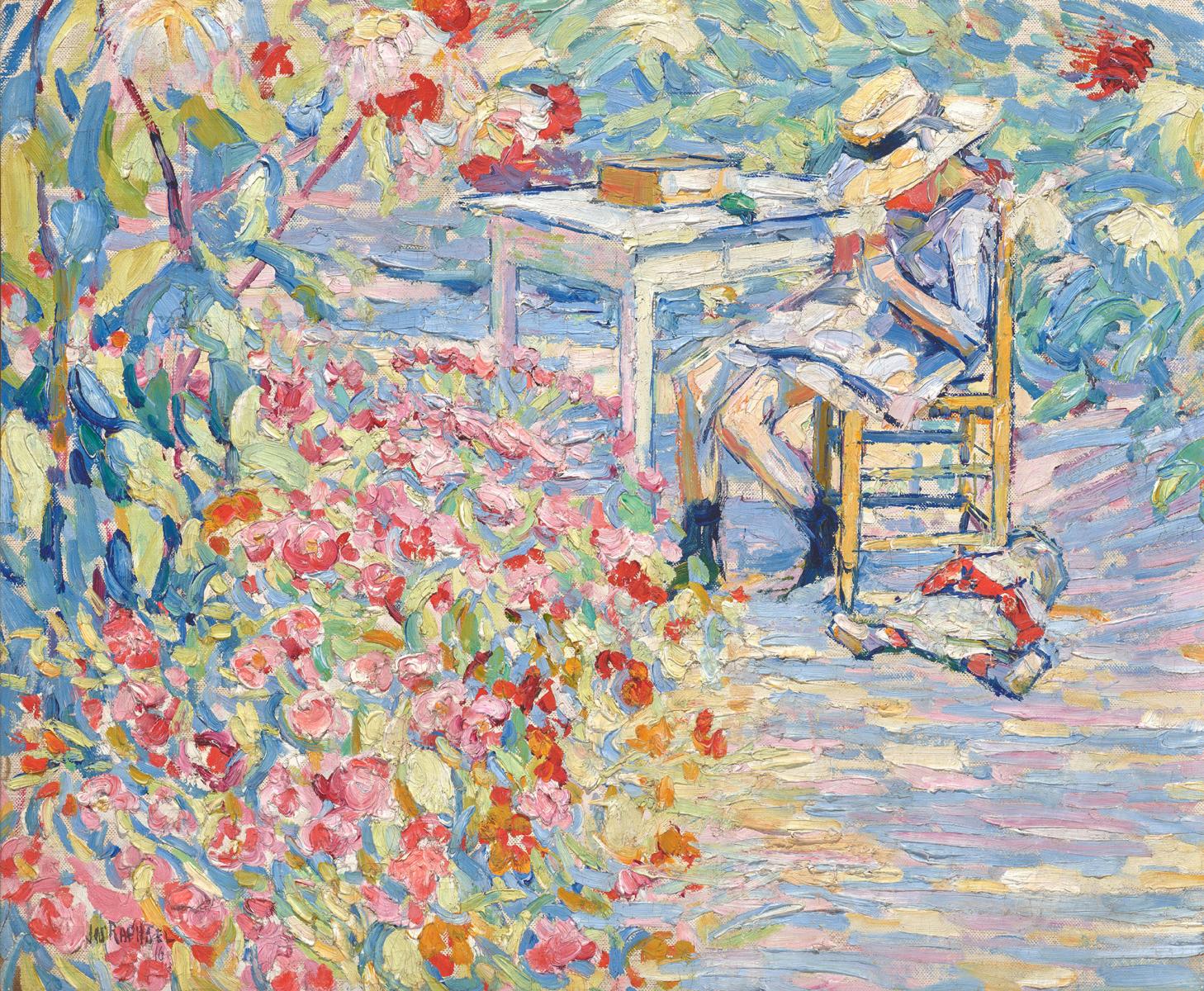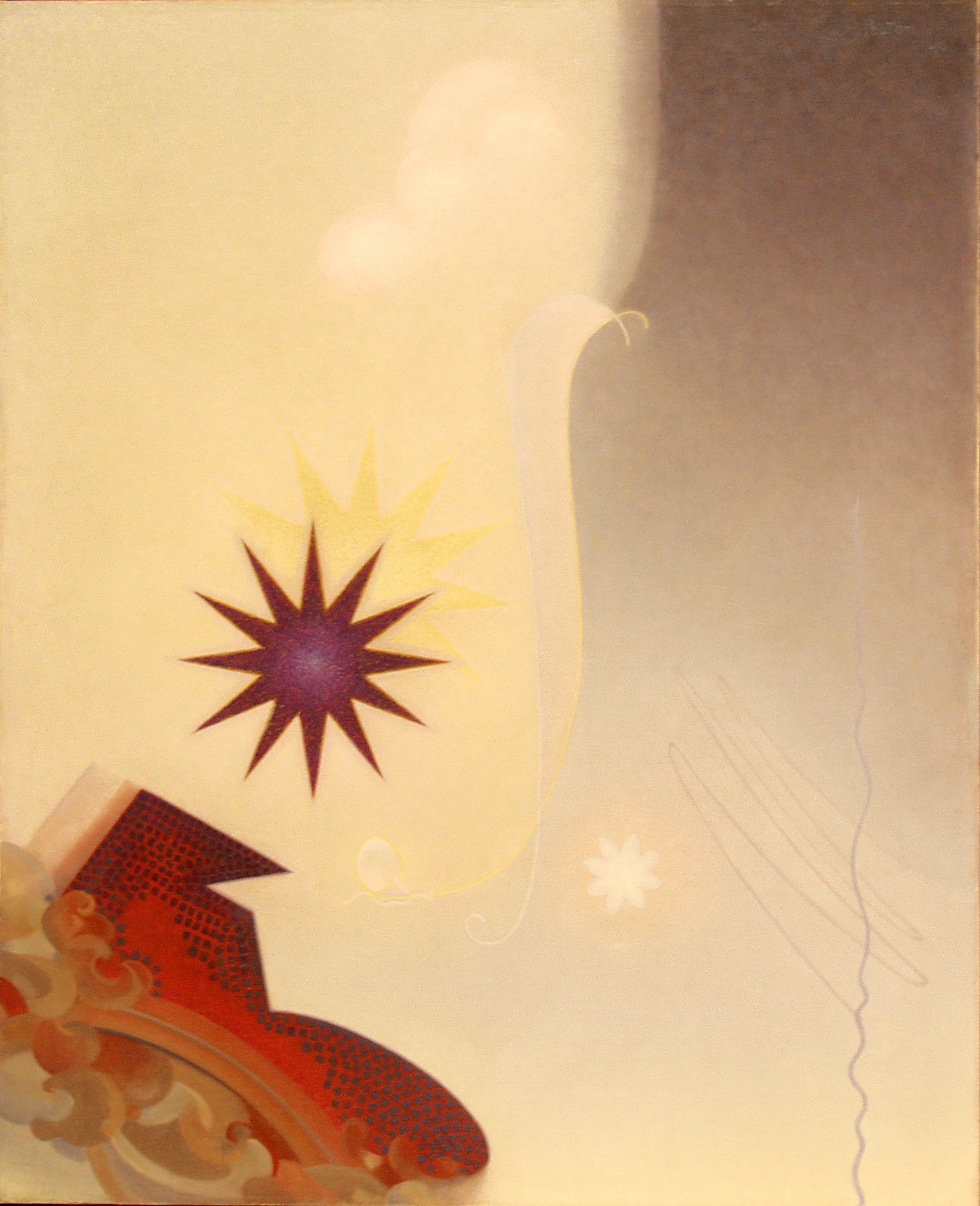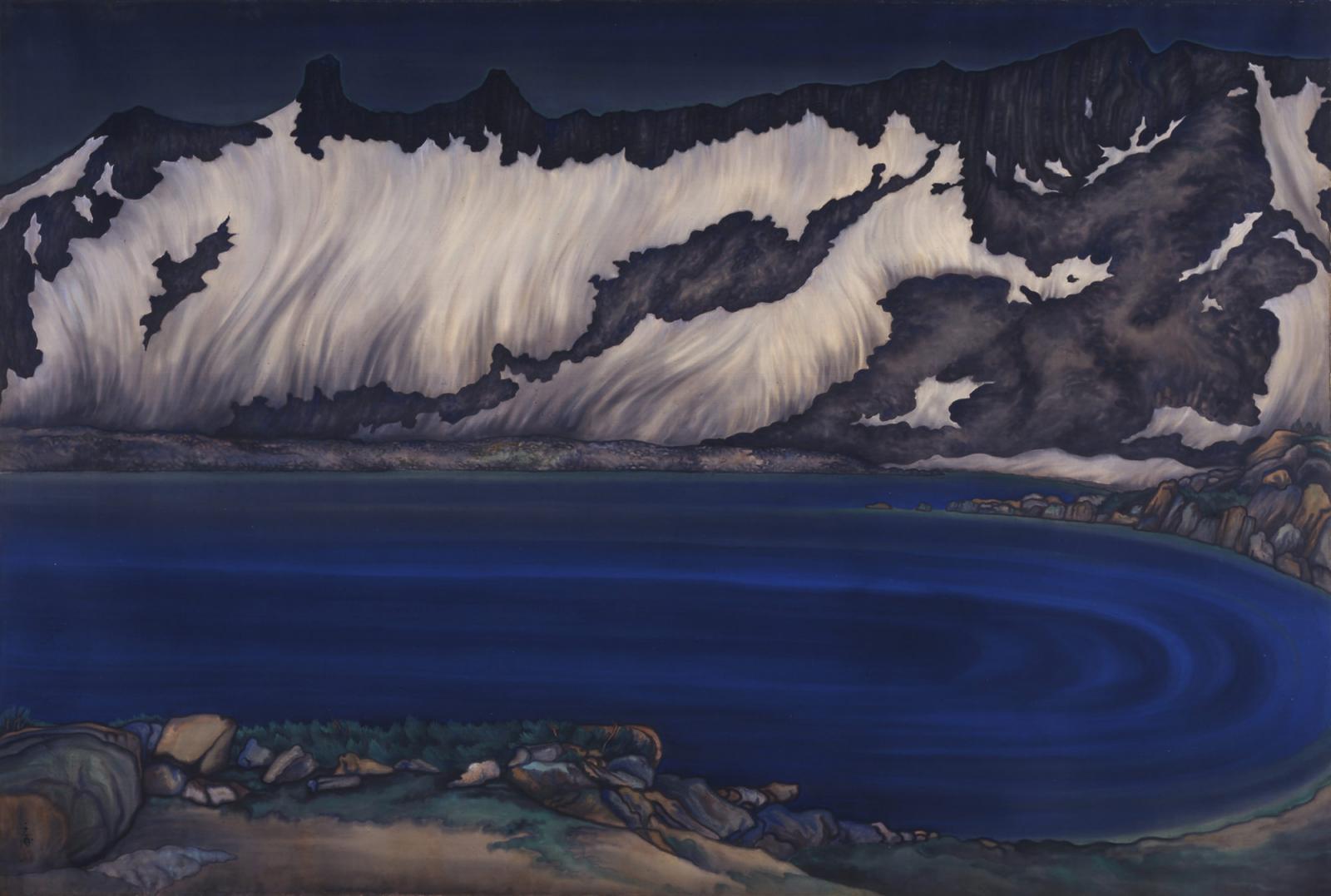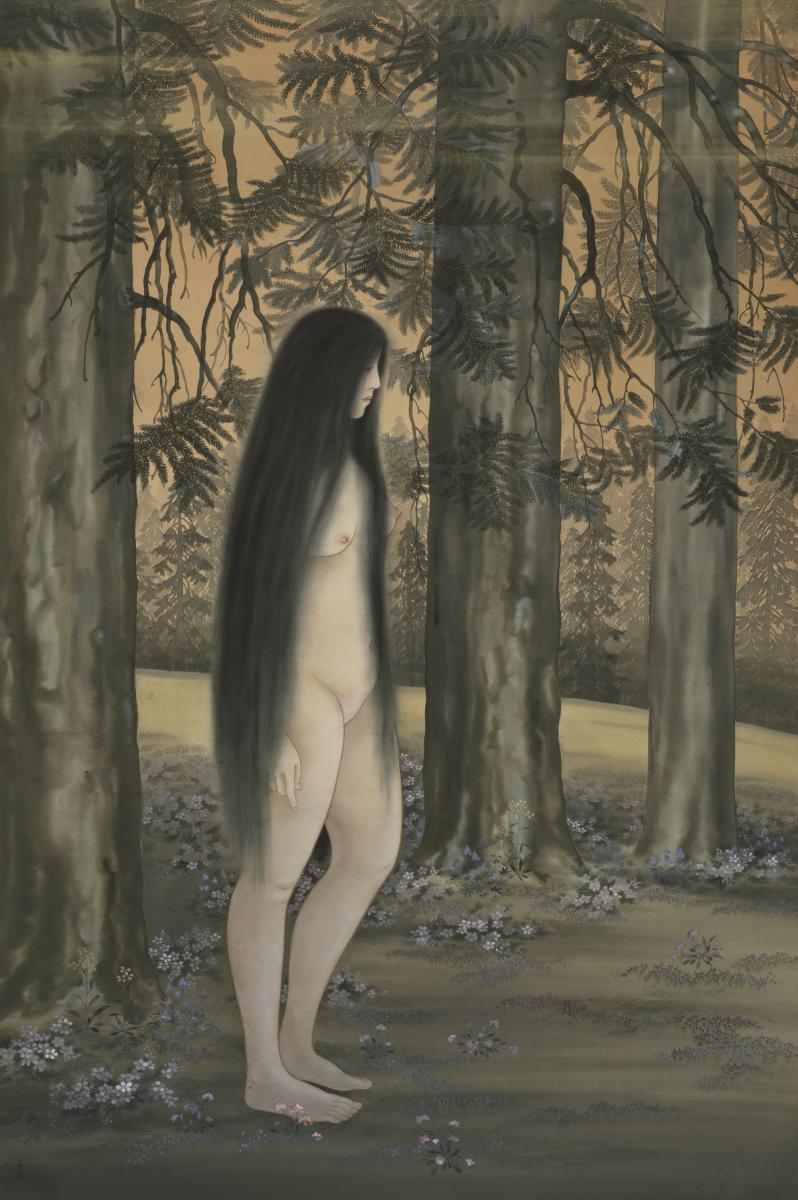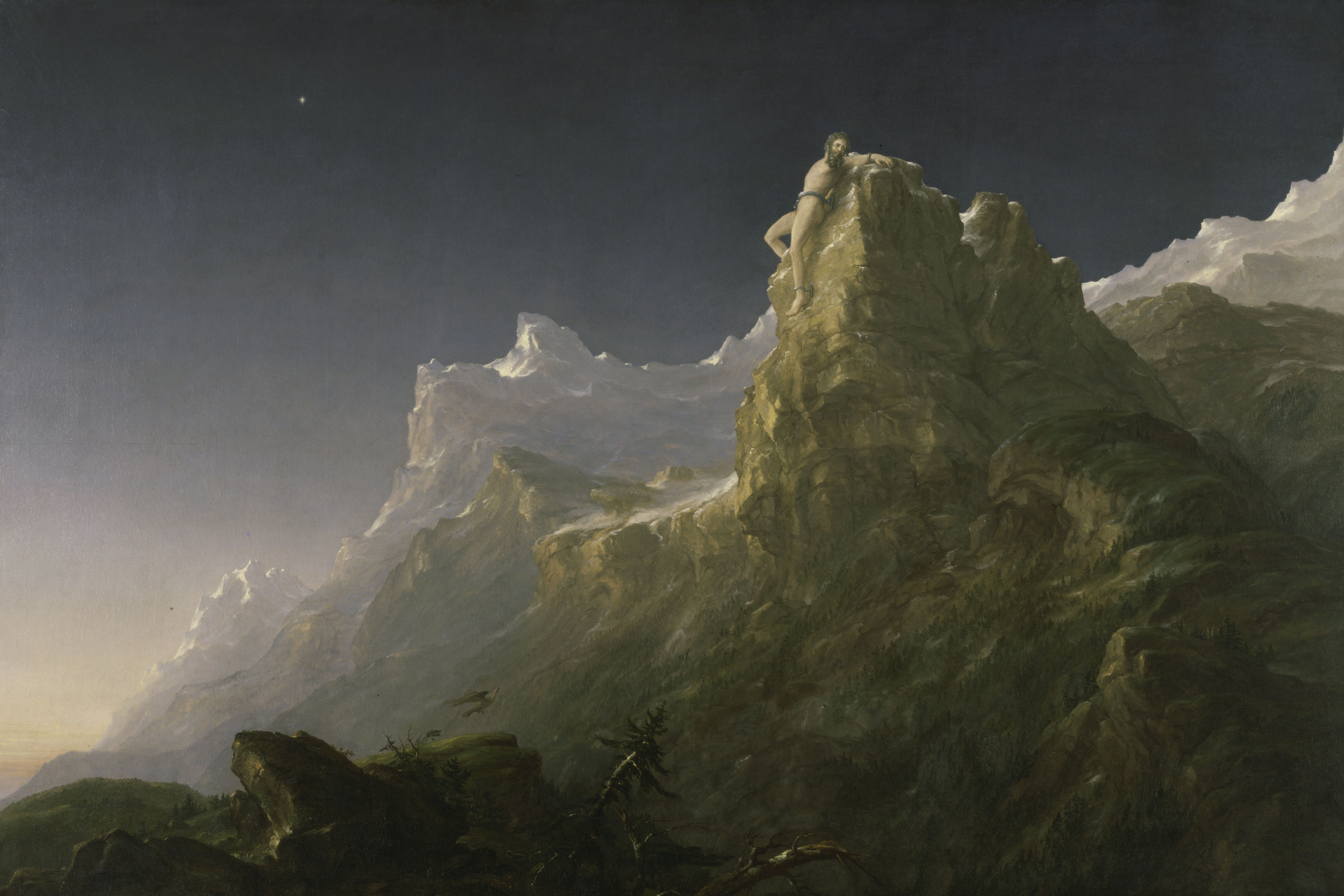The Wild Swan
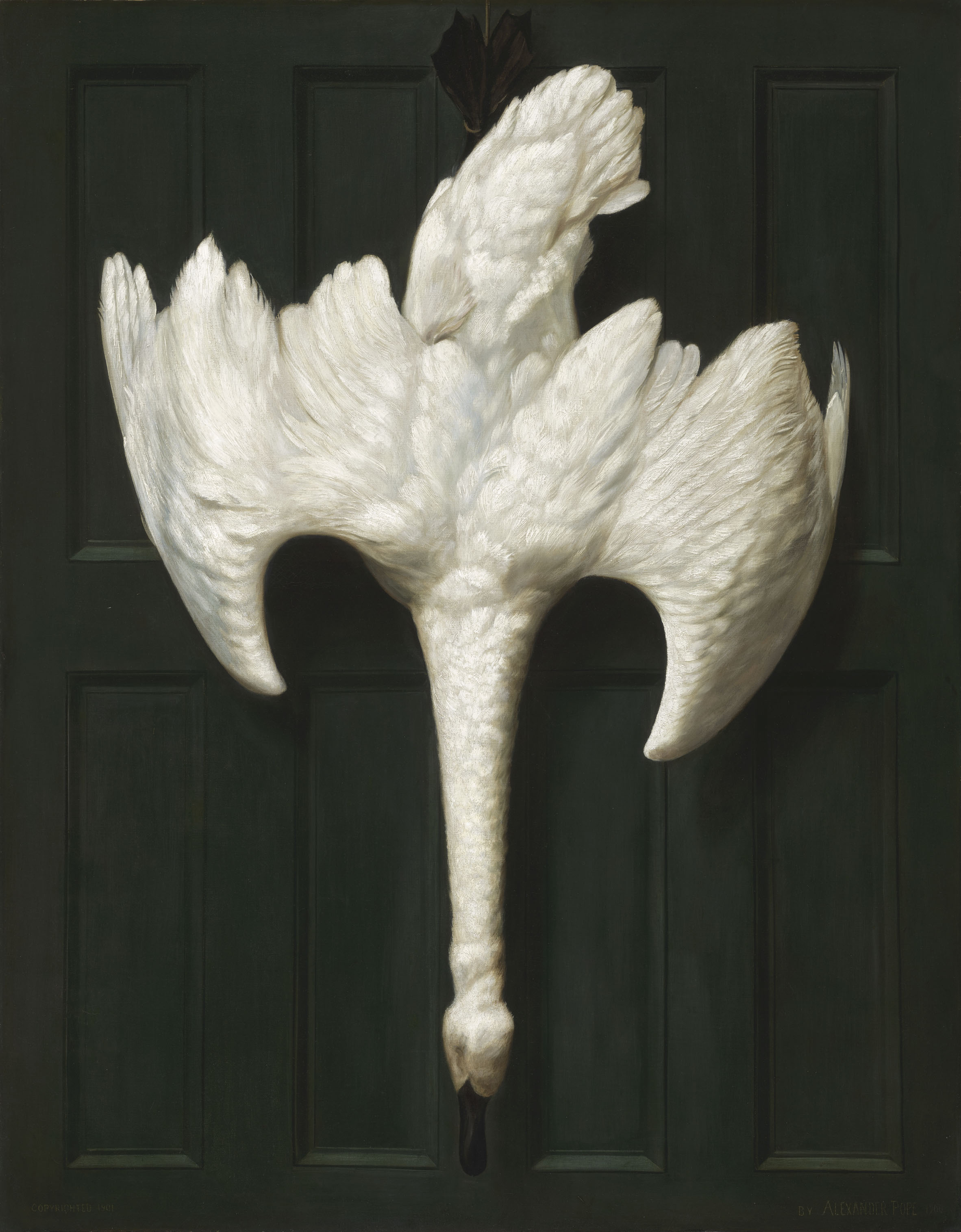
Is it possible to celebrate and condemn at the same time?
The Wild Swan was owned for many years by the Massachusetts Society for the Prevention of Cruelty to Animals. In the early 20th century it came to be known as The Trumpeter Swan, perhaps in response to the suggestion that the painting brought attention to the threatened status of trumpeter swans, who were then close to extinction.
